In September of 2016 I had the privilege of visiting the US Air Force’s 51st Fighter Wing (FW) at Osan in South Korea. Situated only about an hour’s drive south of Seoul, one of the most modern and technologically advanced capital cities in the world, USAF base Osan is a key element of America’s military presence on the Korean peninsula as well as that of the Republic Of Korea Air Force (ROKAF).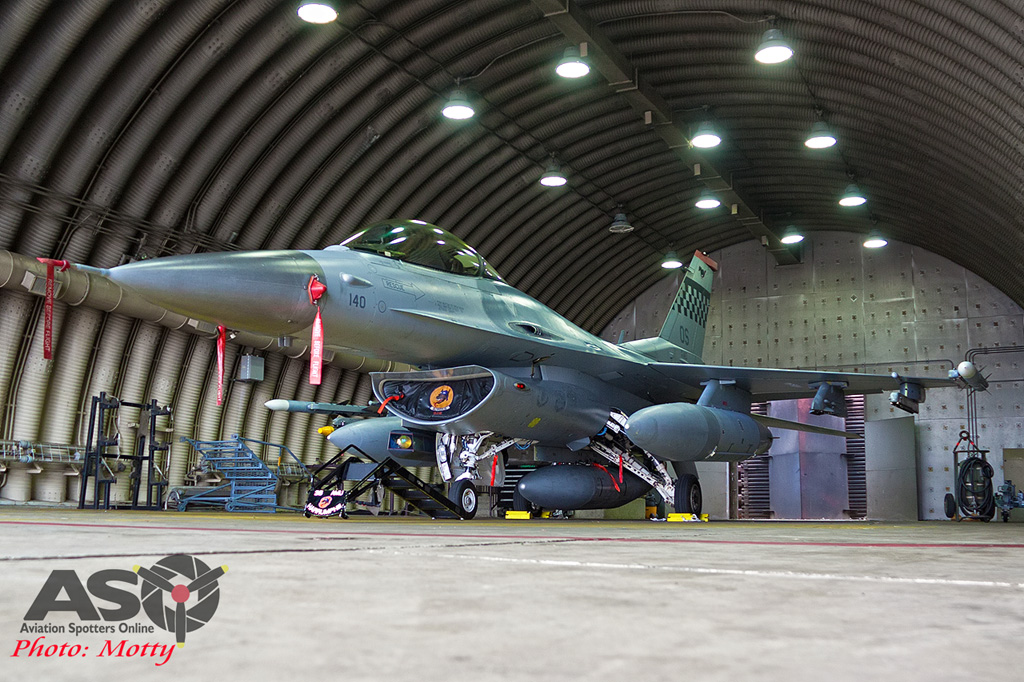
The base is home to the USAF’s 7th Air Force (7th AF) which provides the overall command and support structure for all the USAF combat units in South Korea, which include the 51st FW, also at Osan, flying F-16s and A-10s, and the 8th FW at Kunsan, which flies two squadrons of F-16s (see my previous article on the 8th FW at Kunsan here) which all come under the USAF’s PACific Air Forces (PACAF) Command. And while there are no Korean flying units based at Osan, it is also the location of the ROKAF’s Operations Command.
Built in 1952 to provide a base for jet aircraft operations during the Korean War, Osan air base has remained a key element of the UASF’s presence in the Republic Of Korea ever since, with the 51st FW (then known as the 51st Air Base Wing) beginning their current residence in 1971. Osan also serves as the main entry and exit point for almost all US military forces and equipment in South Korea which sees a stream of transport and liaison aircraft and helicopters, US and Korean, coming and going quite frequently.
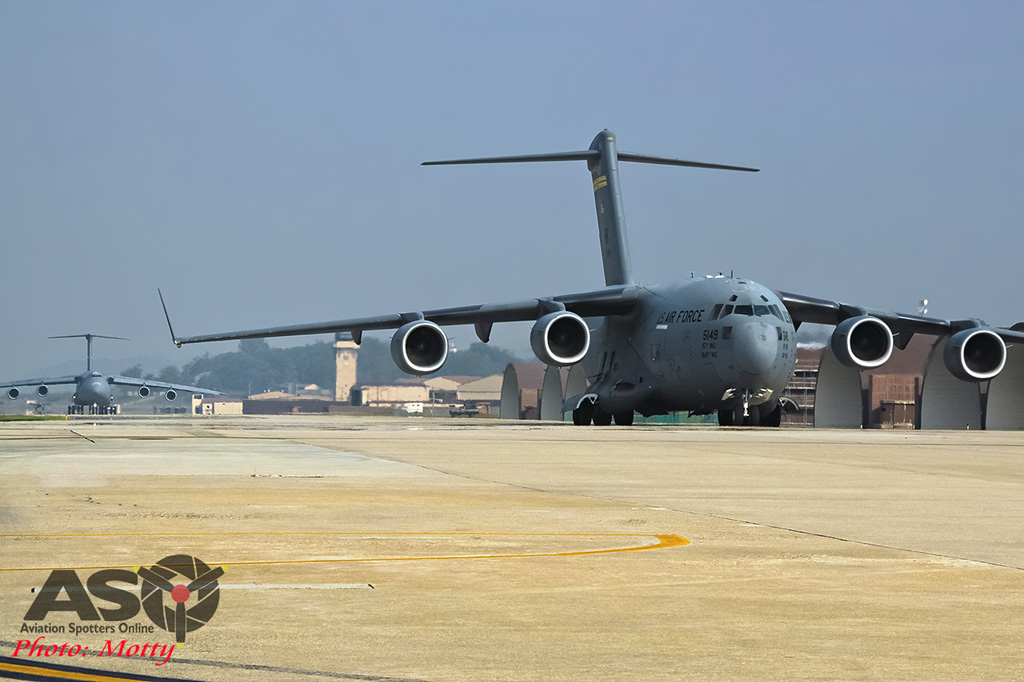
A USAF C-17 heads out, followed by its big brother, a C-5. Osan is the major transport and supply hub for all US forces in Korea.

A US Army Apache heads back to its base after being on show at the Air Power display the weekend before.
Tracing its history back to the formation of the 51st Pursuit Group (later changed to Fighter Group) in the United States in January 1941, the unit served in India and China during WWII. After a short de-activation following WWII, it was reformed at Naha on Okinawa, Japan, in 1948 and became heavily involved in the Korean war, operating F-80s and F-86s during the conflict and deployed to several locations in the region as the tide of war waxed and waned. Moving first to Itazuke, also in Japan, Kimpo airport in Korea, back to Itazuke then Tsuiki, Japan, all within the last months of 1950 to January 1951 before returning to Korea, this time at Suwon, in 1951, were it remained until returning to Naha in 1954.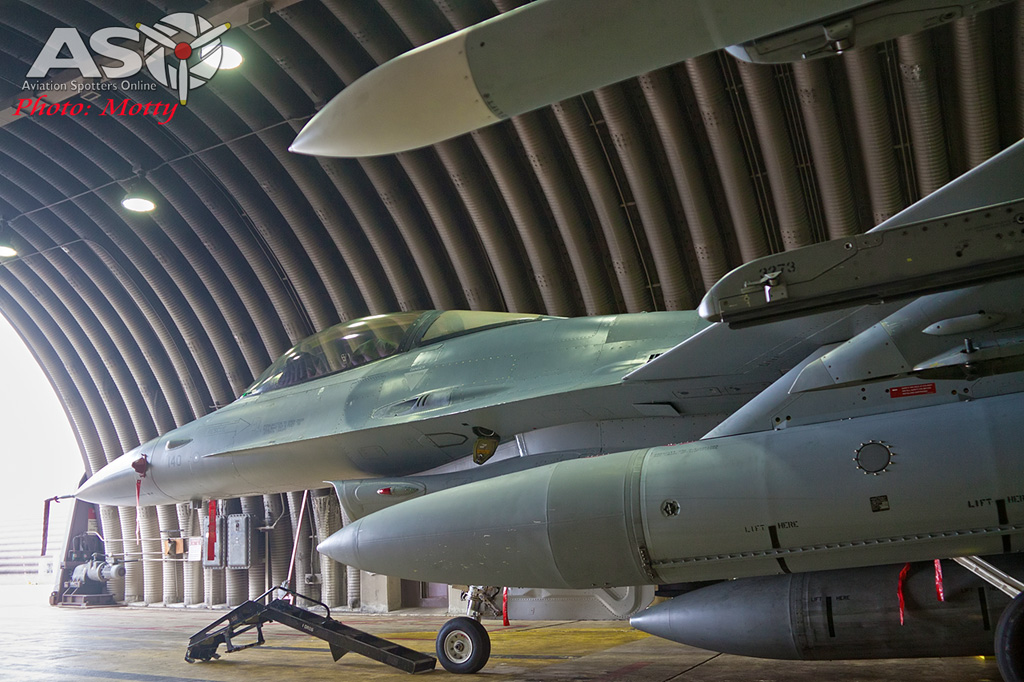
The checkered markings worn on the tails of the 51st’s aircraft today are a tribute to the unit’s Korean service as they reflect the same markings worn on their F-86s during the War, earning them the nick-name of “the Checker Tails”, and the horse emblem comes from the unit’s name, The Mustangs.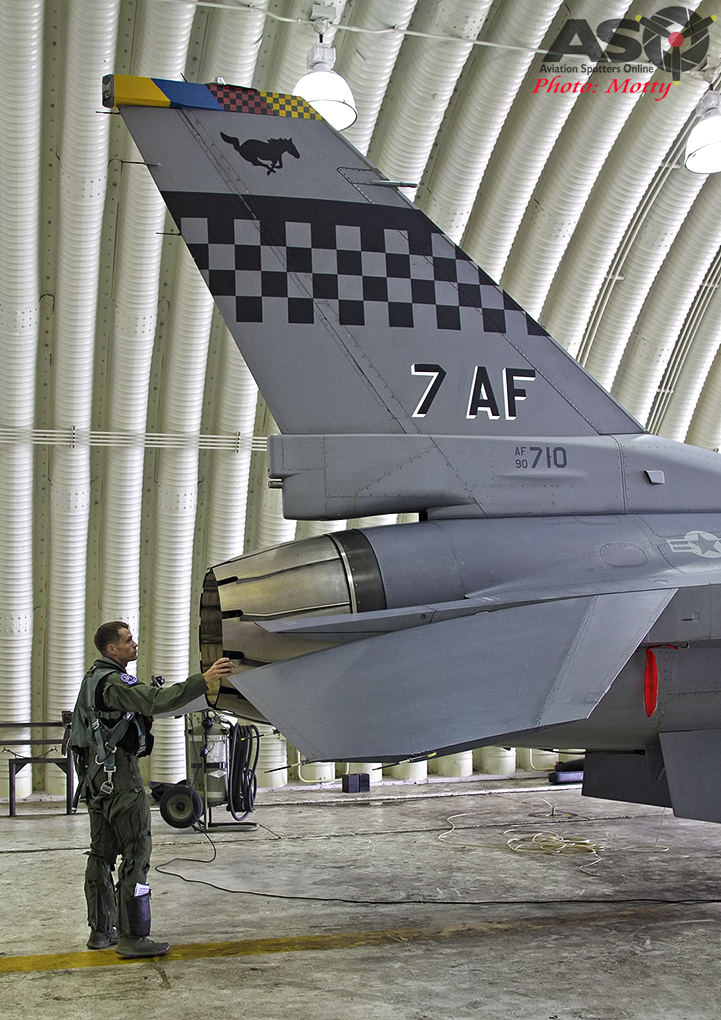
Currently equipped with the F-16C/D. flown by the 36th Fighter Squadron (FS) (known as the Fiends) and A-10C flown by the 25th FS (called the Assam Draggins), the 51st FW’s operational mission is to provide close air support, strike, forward air control (FAC), counter air, interdiction and combat search and rescue (CSAR, also a highlight of the Air Power displays held at Osan. See Air Power 2016 here) in the defense of the Republic Of Korea. In order to ensure this capability, the wing is a self-contained unit, made up of a myriad of groups such as Mission Support, Operations, Maintenance, Medical, Logistics, Security etc. which are essential in ensuring that the flying units can generate their missions successfully. An additional role for the Wing is to maintain the ability to accept follow-on forces and support them to execute their own missions should the need arise.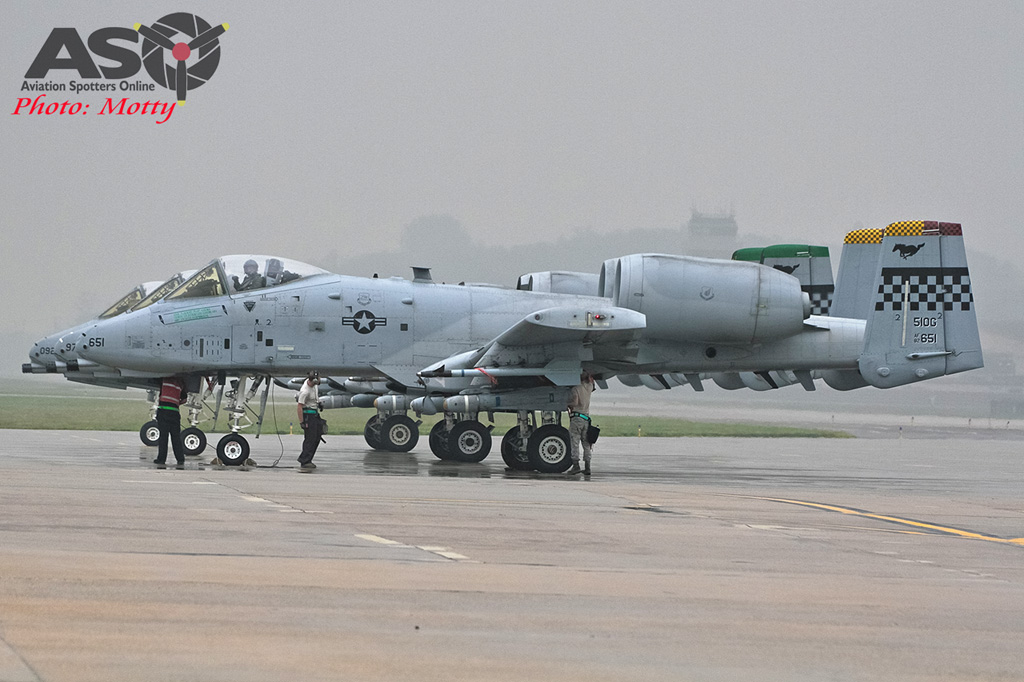
As with their colleagues from the 8th FW at Kunsan, the 51st has to finely balance the need for training to maintain a high level of proficiency with the requirement to be ready to mount operational missions at the shortest possible notice due to the constant threat posed by North Korea. This also shapes the types of training missions that the squadrons fly as, whilst most units will practice for a wide range of different scenarios or theatres of operations, the 51st is constantly rehearsing the specific mission profiles that it would employ in actual combat, in their own area.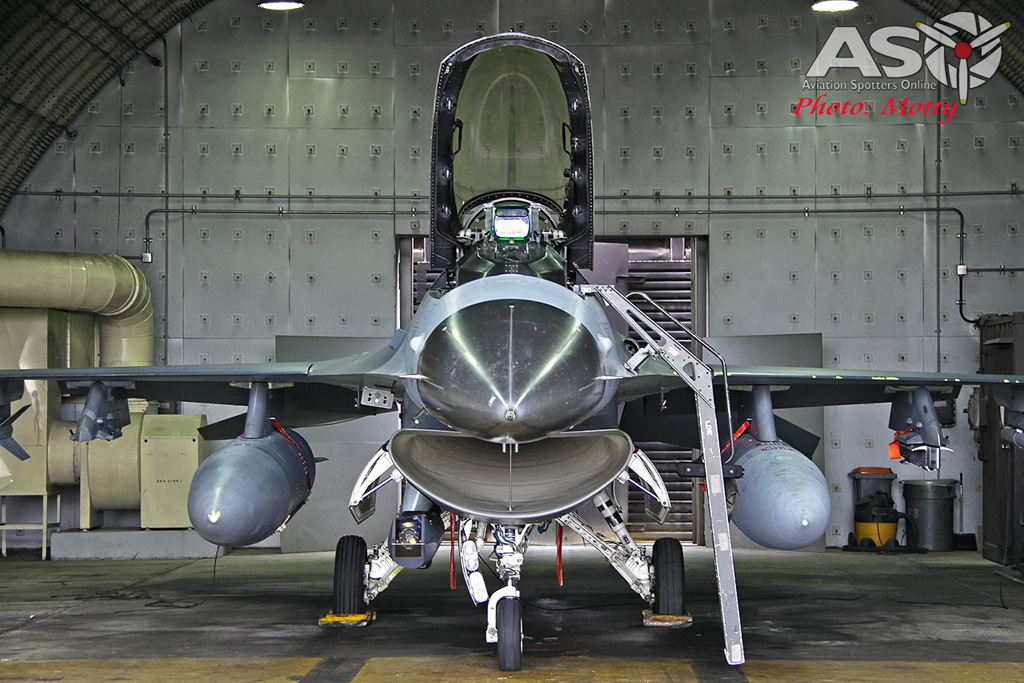
An additional challenge is maintaining this level of readiness against a constant turnover of personnel and experience. For many of the personnel, again like Kunsan, a posting to Osan is classed as an unaccompanied tour as they cannot take their families with them but, because of this, they usually only serve a fixed period of one year at the base (although there are a number who are stationed longer (with families) to ensure continuity). This means that there is a constant rotation of new people coming in and experienced people rotating out, which places a high demand on training the new arrivals to get the experience, qualifications and in-theatre knowledge that they need, as quickly as possible which is achieved by regular drills and exercises involving the whole base.
Living close to the major metropolis of Seoul and the large, close-knit community of on-base personnel with the 7th AF Headquarters and other co-located units and their support networks helps individuals maintain a good social life outside of work and, for those who like to travel, serving in Korea is a great opportunity to see an exotic and interesting part of the world, but serving away from friends and family also has its challenges for the men and women at Osan. 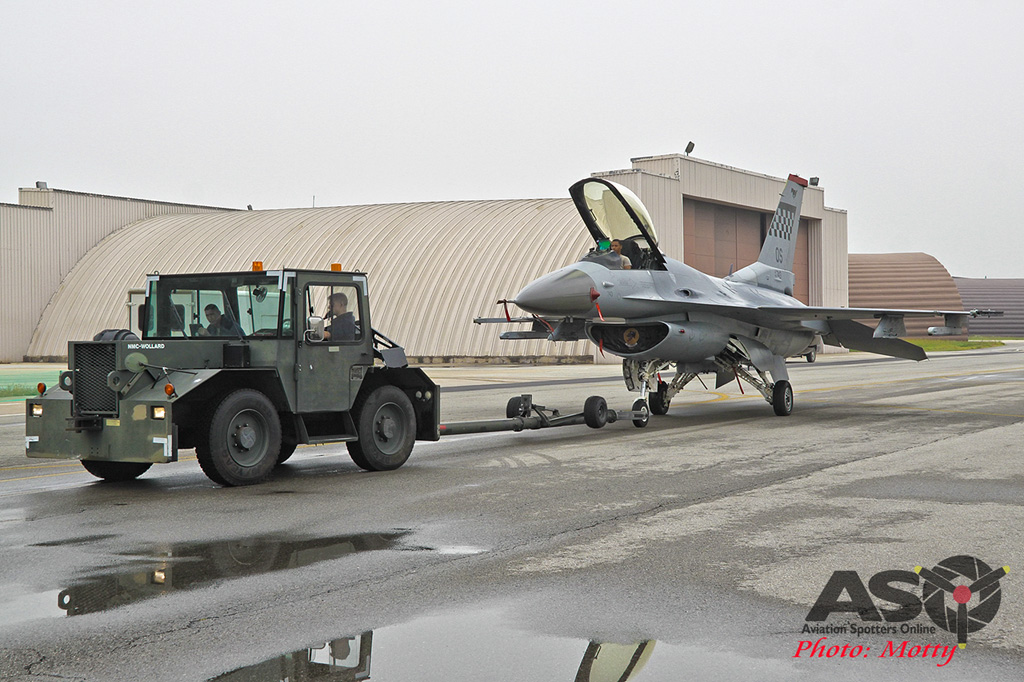
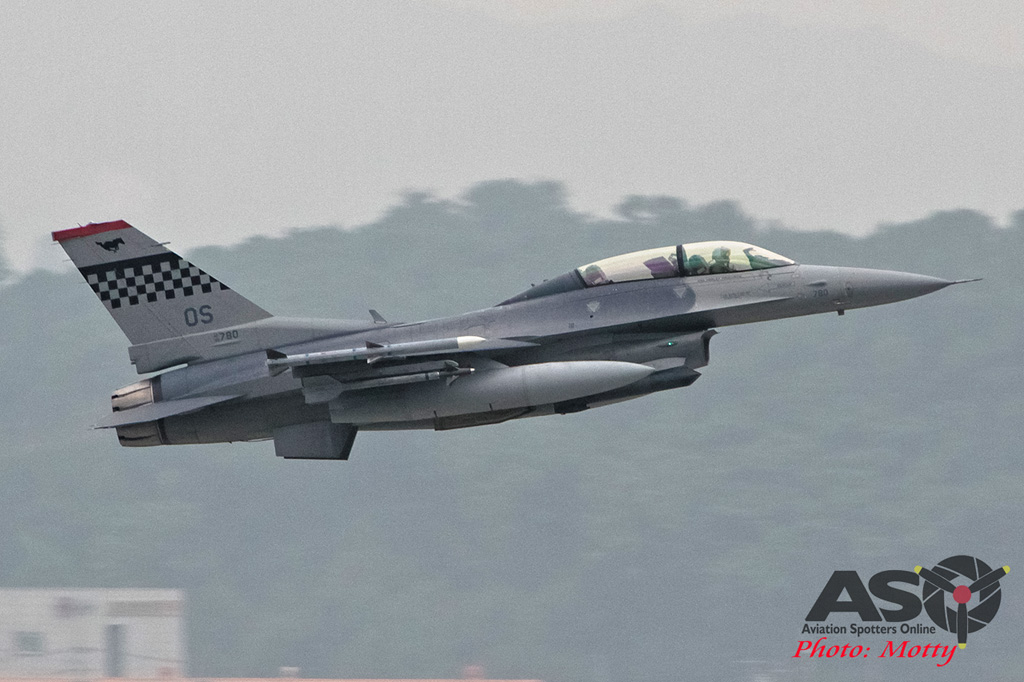
During my visit the 36th FS was in the midst of deploying to a Red Flag exercise, so there weren’t too many of their F-16s to be seen unfortunately. Luckily for me though (as a fan of colours and markings), one jet which was still around was the 7th AF Commander’s aircraft with its associated tail markings which, as you might expect for the “Boss’ jet, is kept in pristine condition.
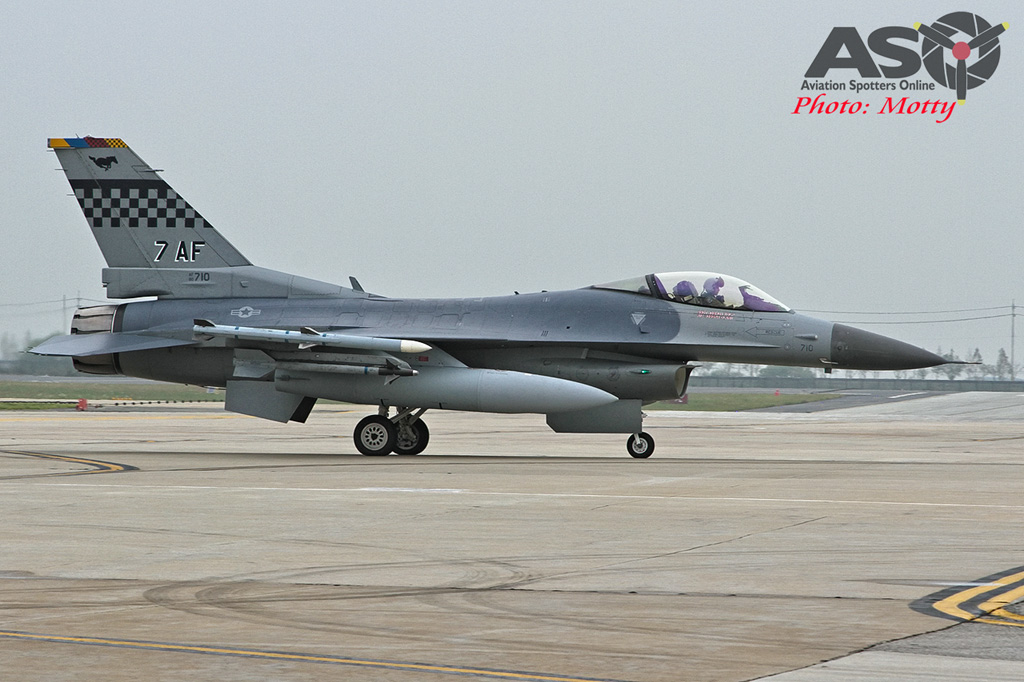 I was even lucky enough to be able to capture this machine being prepared for a sortie from its own shelter which, like the aircraft itself, seemed to be just a little cleaner and brighter than some of the others. 😉
I was even lucky enough to be able to capture this machine being prepared for a sortie from its own shelter which, like the aircraft itself, seemed to be just a little cleaner and brighter than some of the others. 😉
The aircraft are mostly all kept in individual shelters and the dispersal area is quite complicated and interconnected which means that, when moving around the taxiways, you need to keep your wits about you as jets might appear from almost anywhere. You can hear them but you don’t really know where they’re coming from.
I’m sure that it is a very well planned and controlled process but, as an outsider, it was very impressive and, as a photographer trying to capture as much as possible, a little frustrating too as first there would be nothing then, suddenly, there would be aircraft coming from different directions all at the same time.
The lack of 36th FS machines was made up for by the presence of the 169th FW from the South Carolina Air National Guard (ANG) as part of a Theater Security Package (TSP) (please see my previous article on the TSP at Kunsan for more information on this).
While being shown around the ROKAF portion of the base, I noticed that there are frequent reminders of just how much the South Koreans value and commemorate the contributions of all the nations who came to their aid during the Korean War, with several monuments and flags as tributes and a reminder of what the ROKAF continues to serve for in the defence of their country.

A large stone monument in the Korean sector of the base. The inscription roughly translates to “Men of great conviction”.

A close up showing some of the plaques which commemorate the countries which came to Korea’s aid during the War.
From the spotter’s point of view, there are also a few rare and historic machines on static display around the base which were interesting to see too.


Just to top things off, while not under the umbrella of the 51st FW, Osan also hosts a permanent detachment of U-2s from the 5th Reconnaissance Squadron (RS), 9th RW, home based at Beale in California, and the chance to see one of these secretive icons of aviation heading out on yet another mission while I was at Osan was incredible.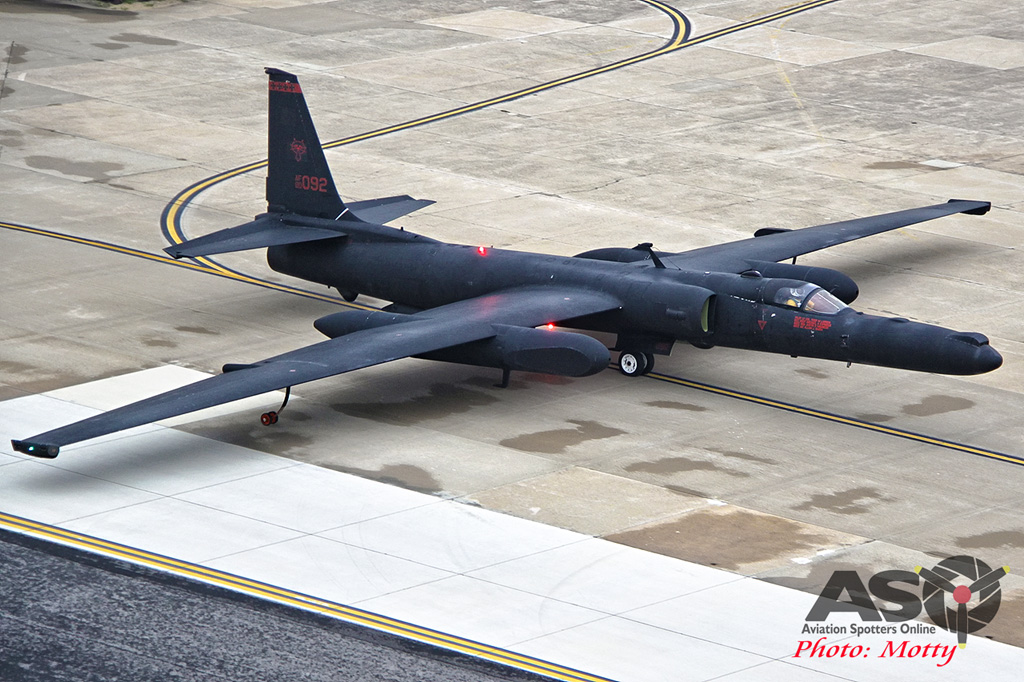
It was an honor and a privilege to be allowed to capture just some of the day-to-day operations of the 51st FW and to witness the professionalism of the airmen and women which make Osan such a key and formidable element of the USAF’s efforts in South Korea. My deepest thanks to everyone involved for allowing me the opportunity.
Motty.
You can see the full gallery of images HERE.

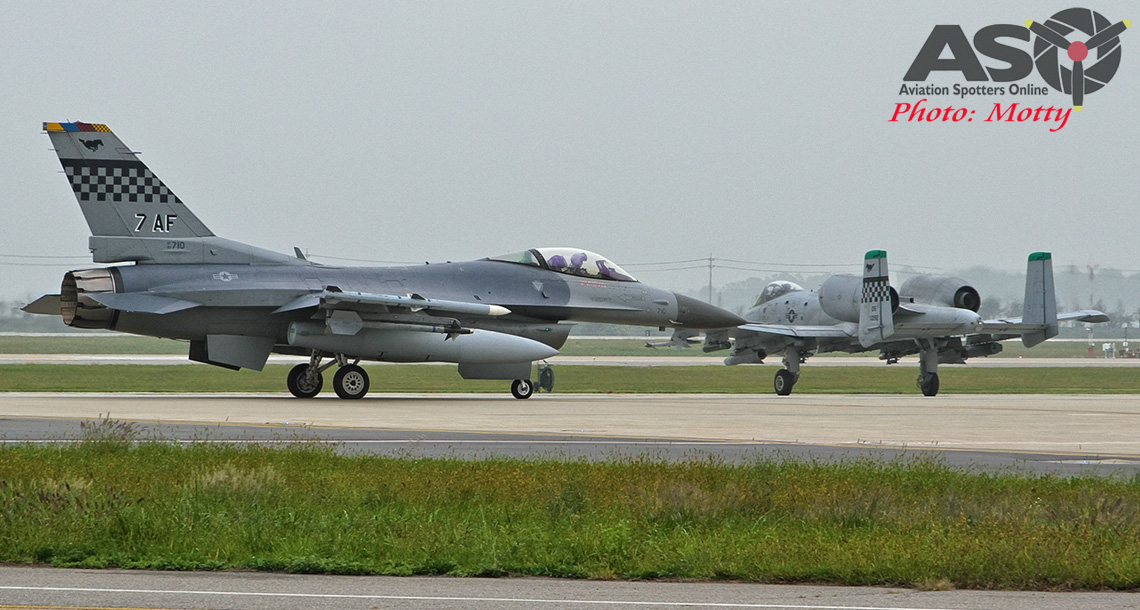
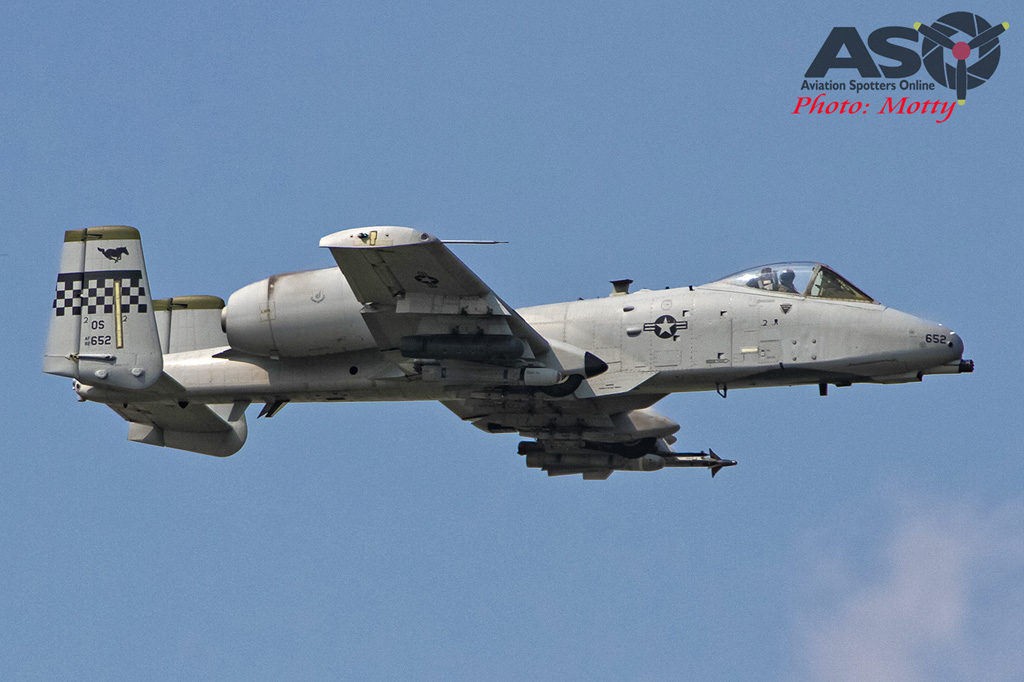
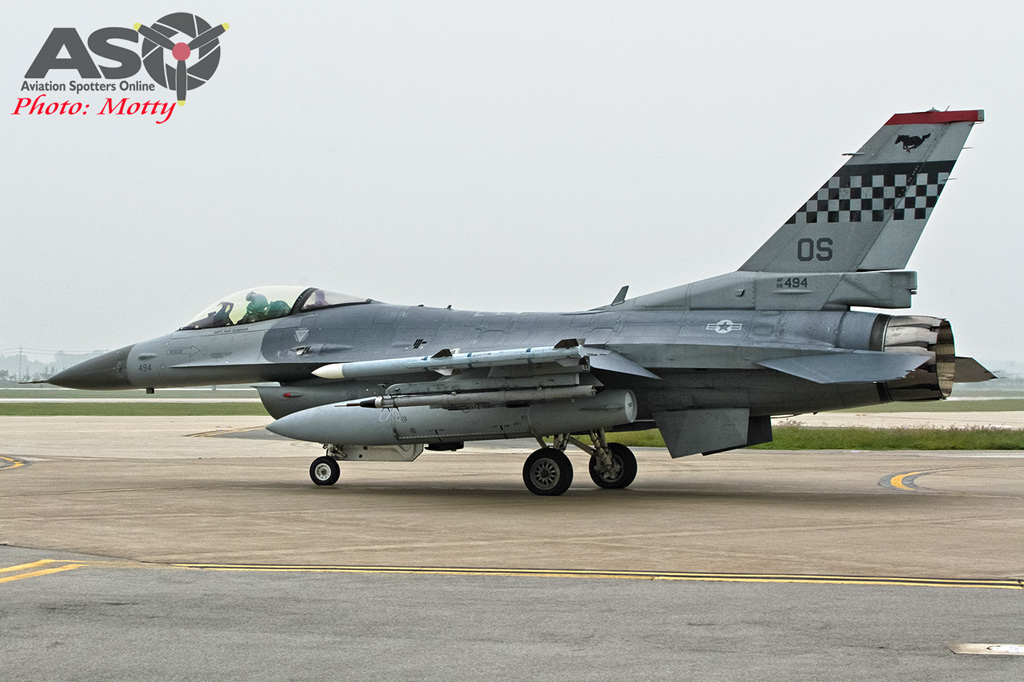
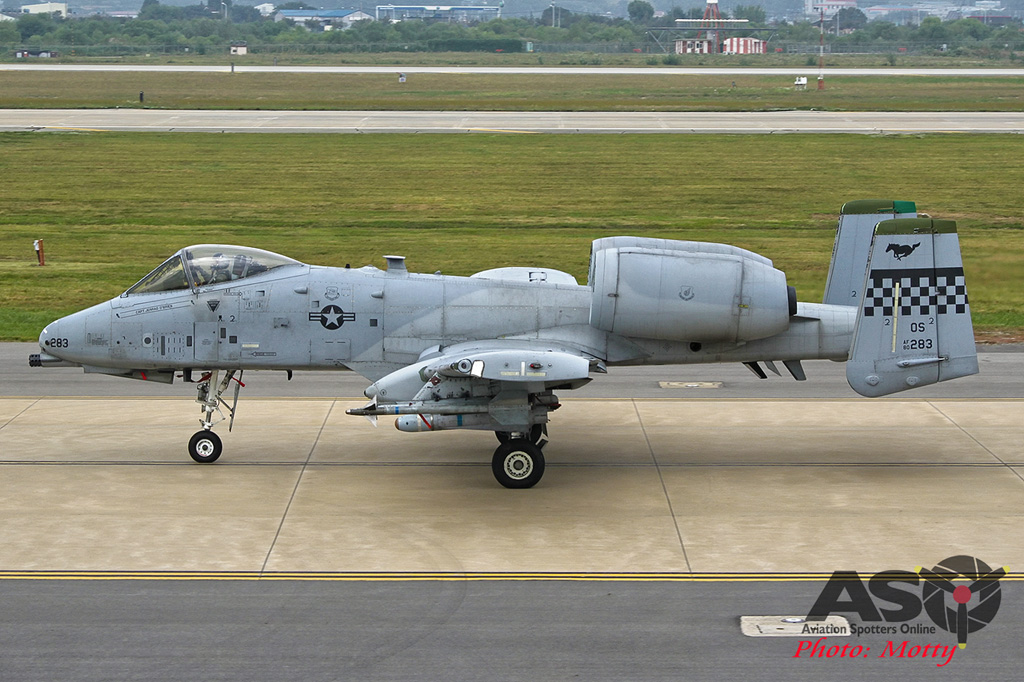
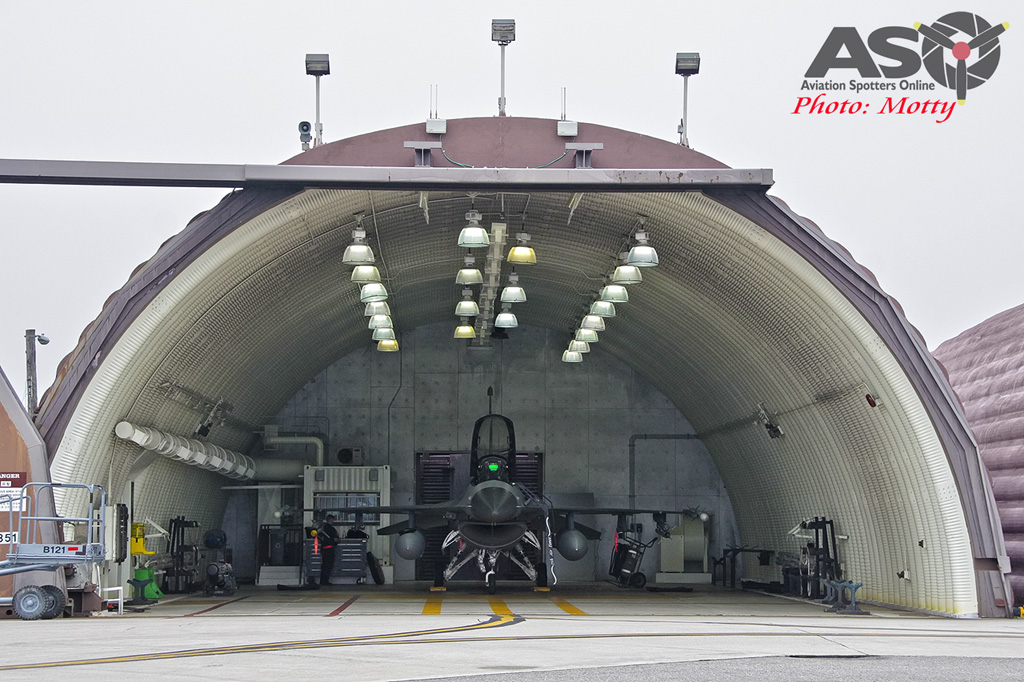

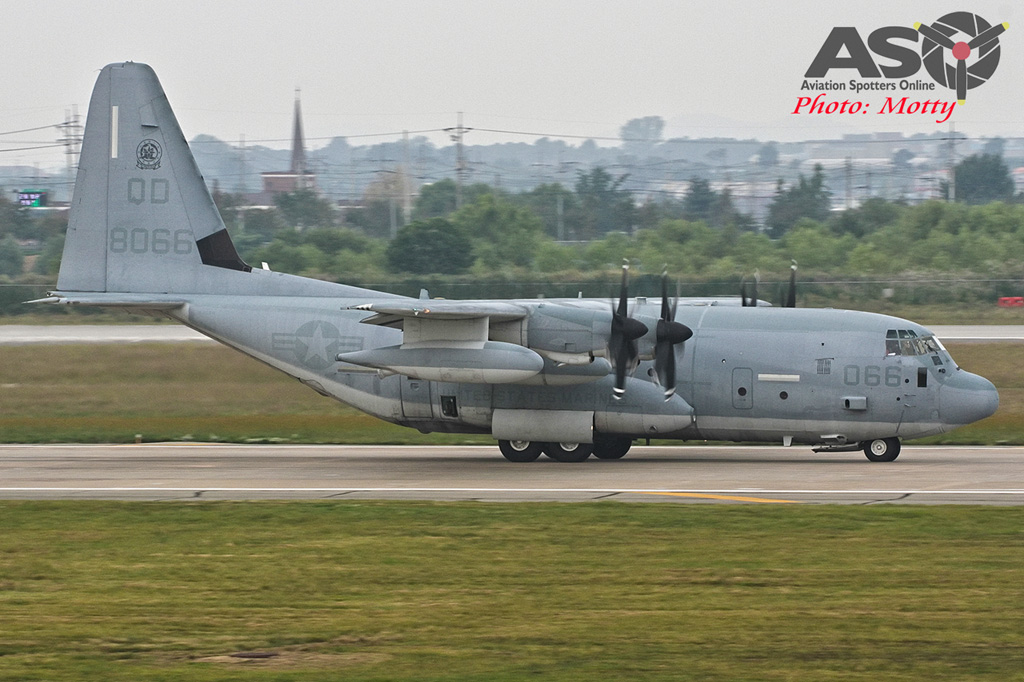
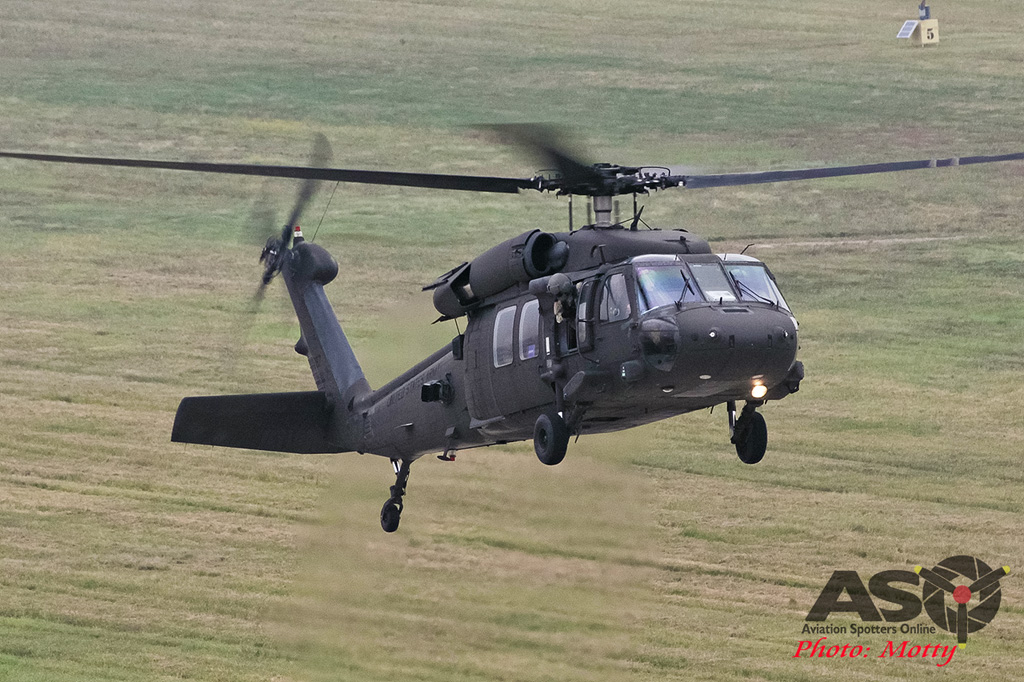
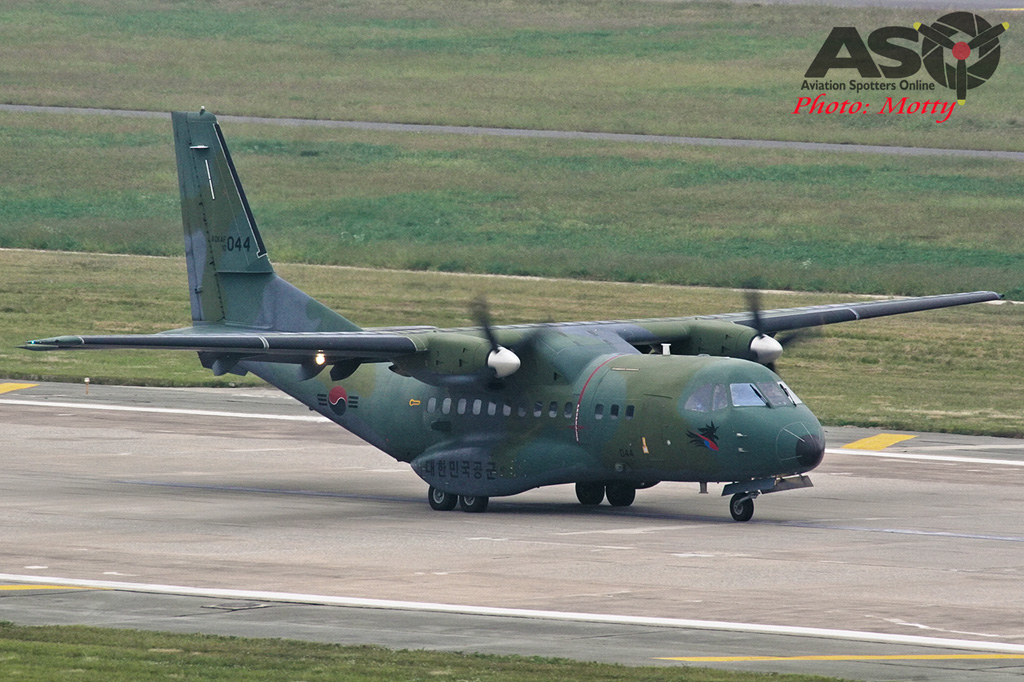
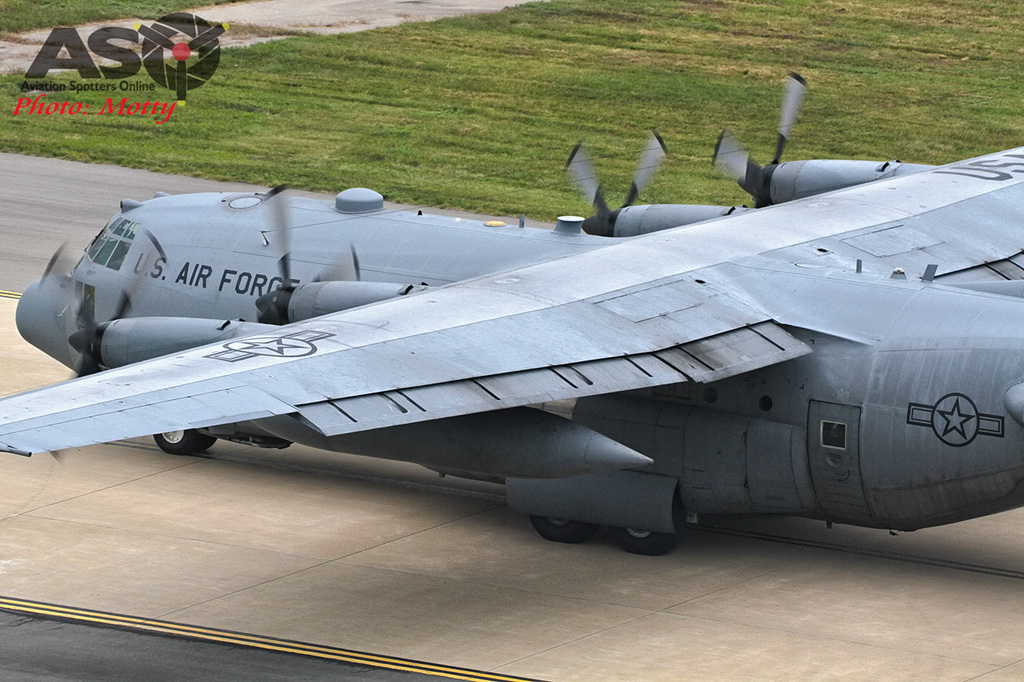




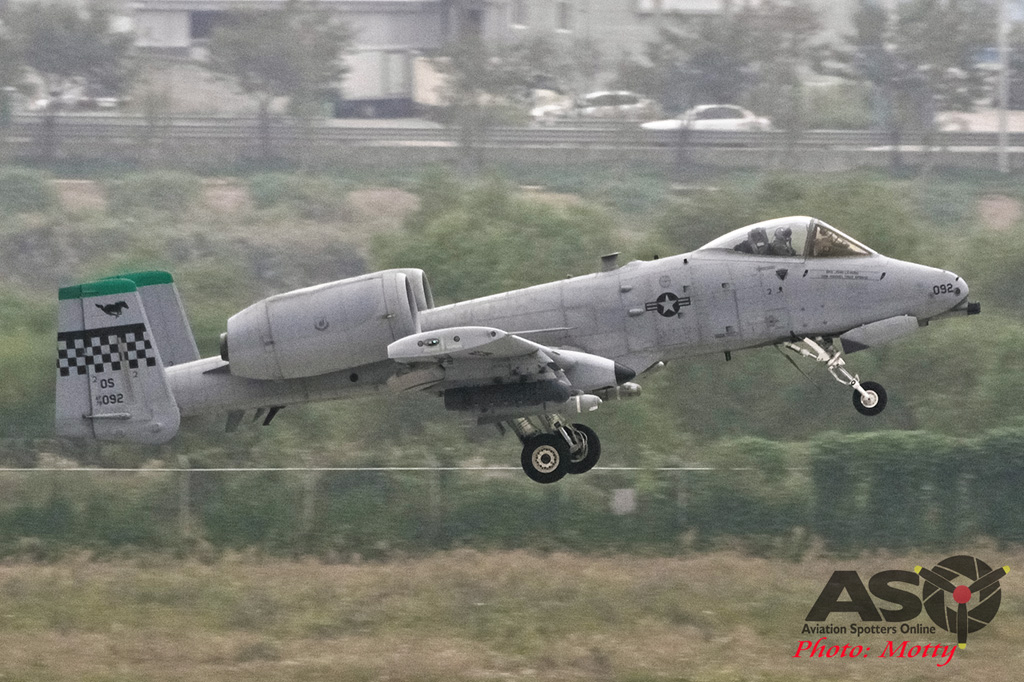
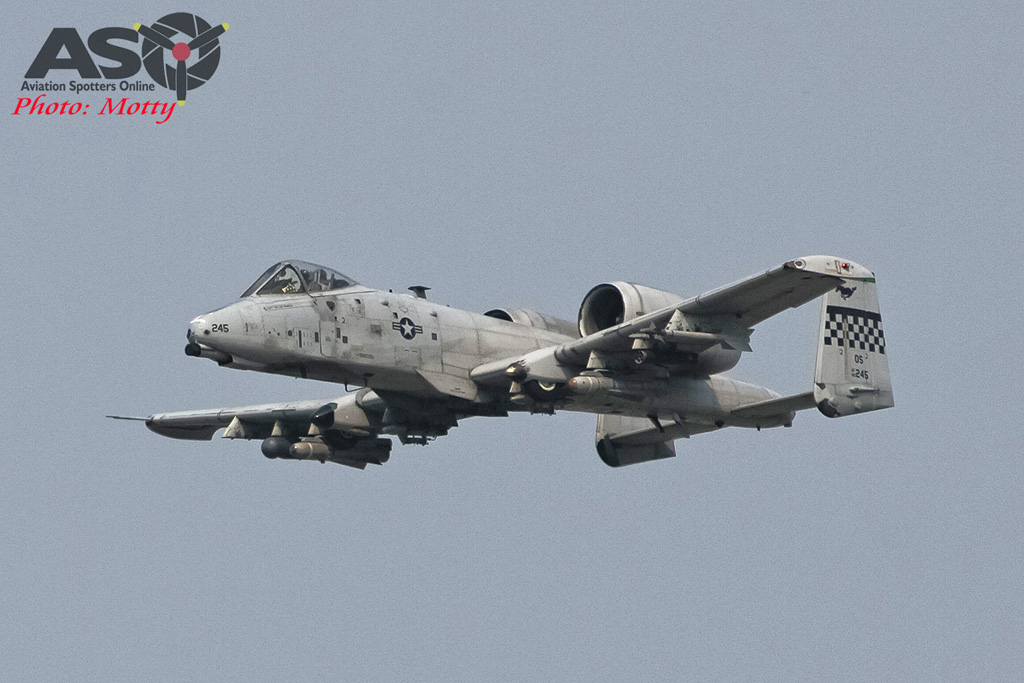
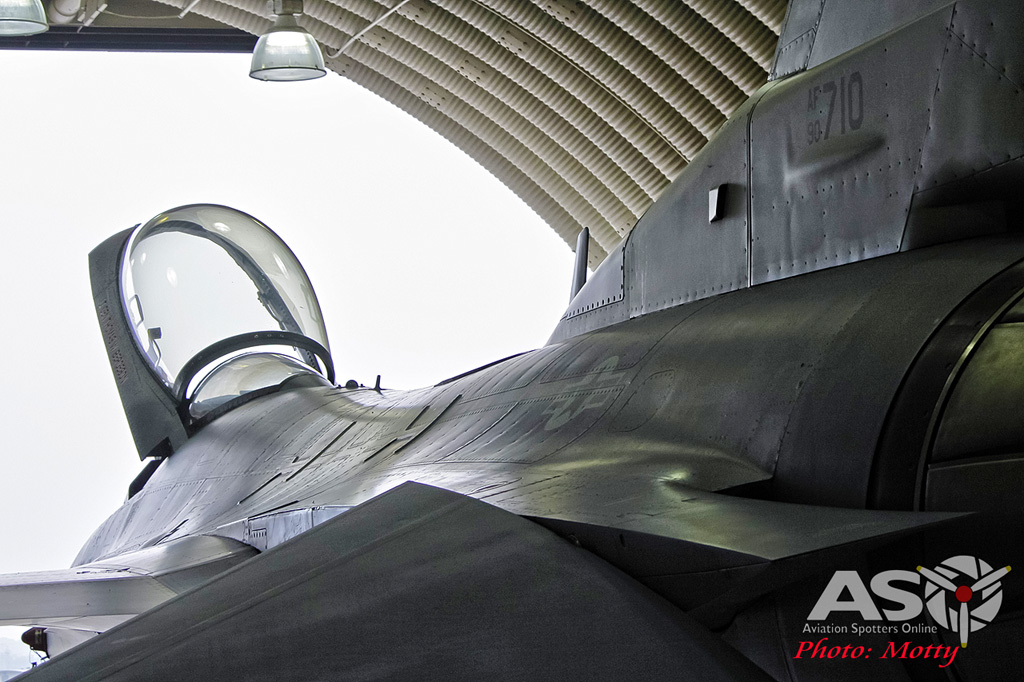
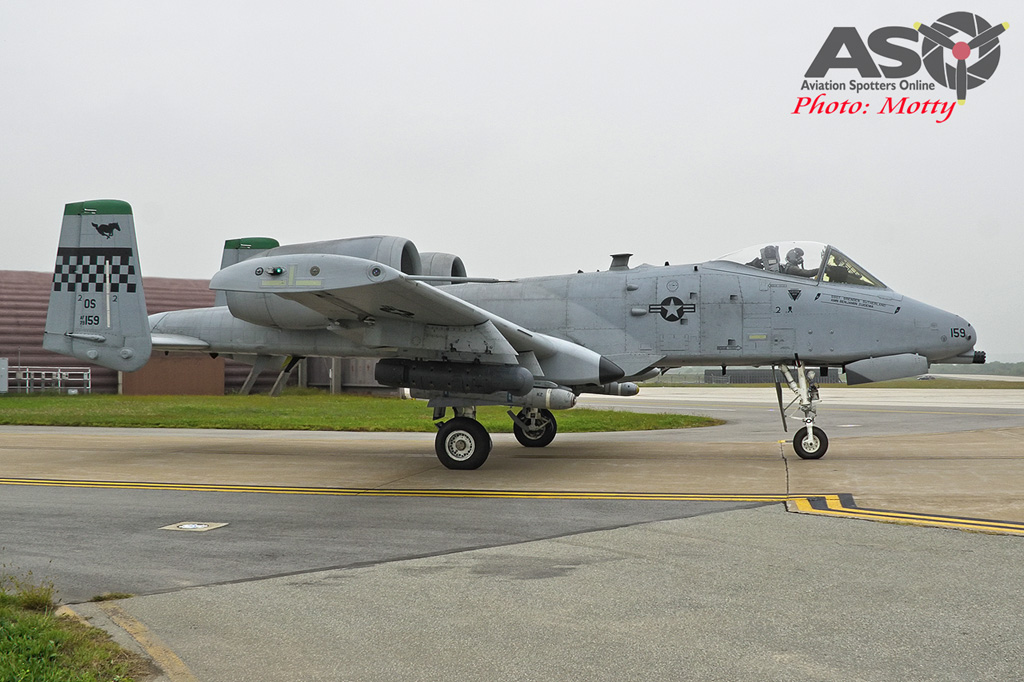




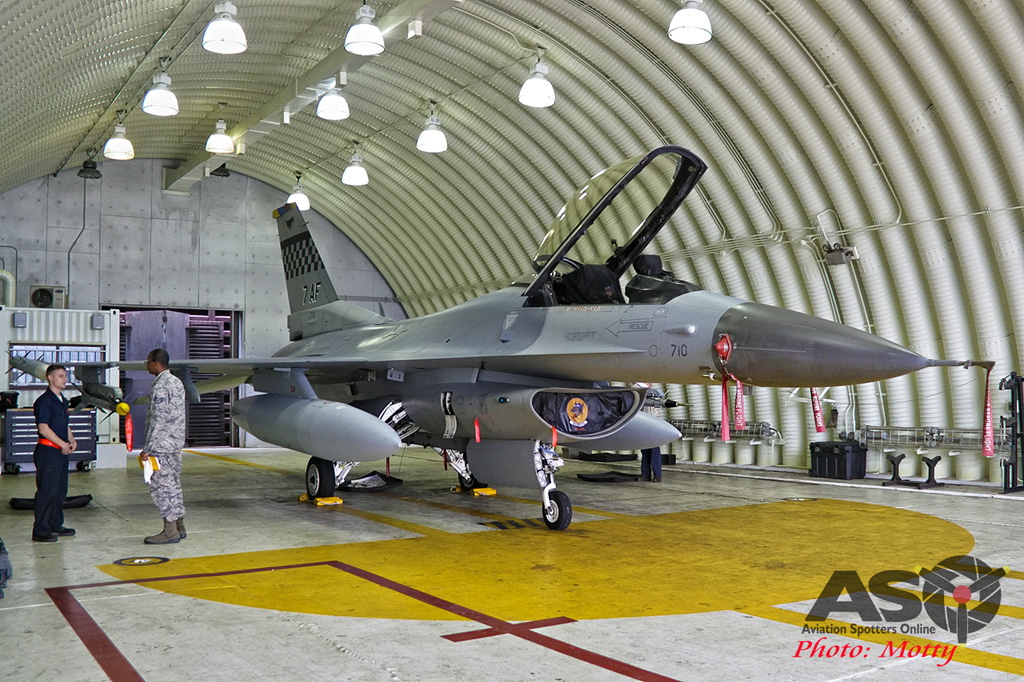
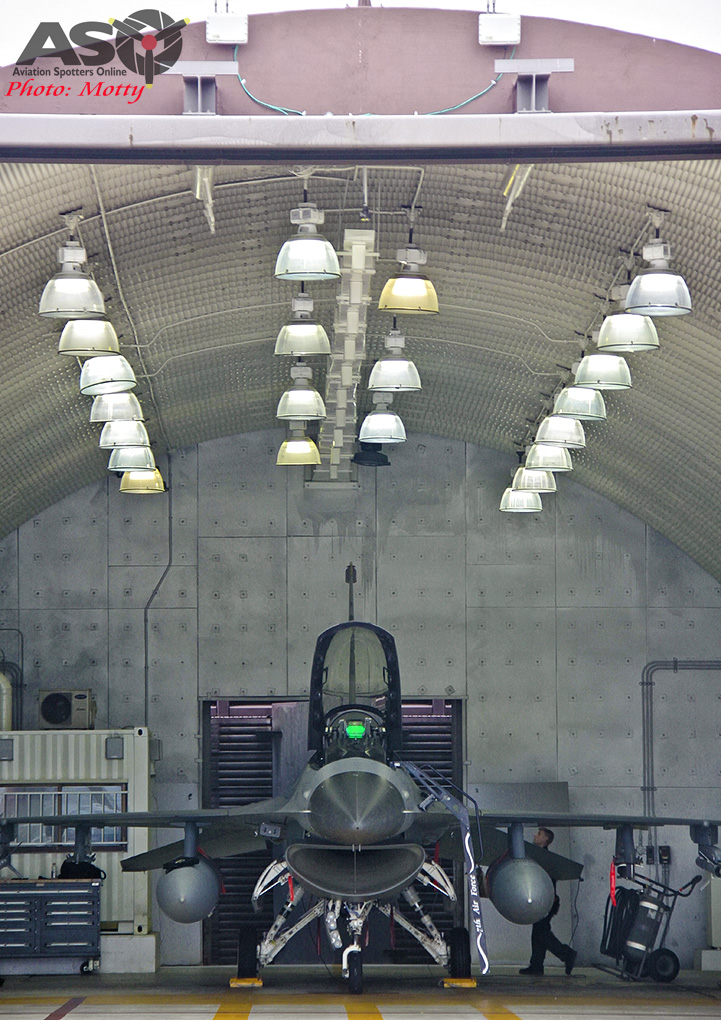

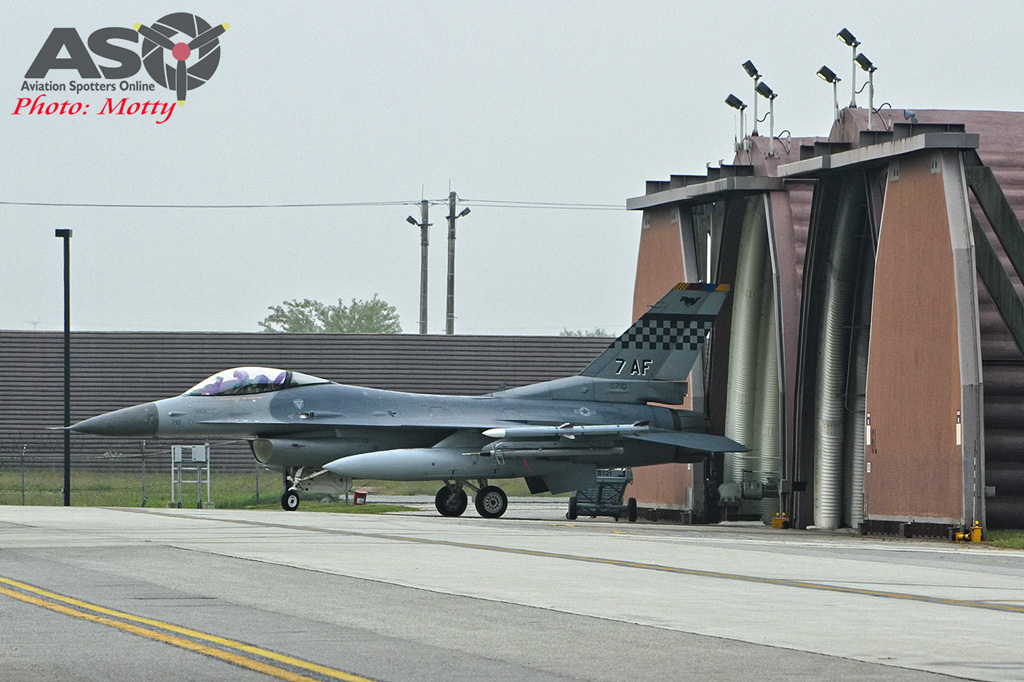


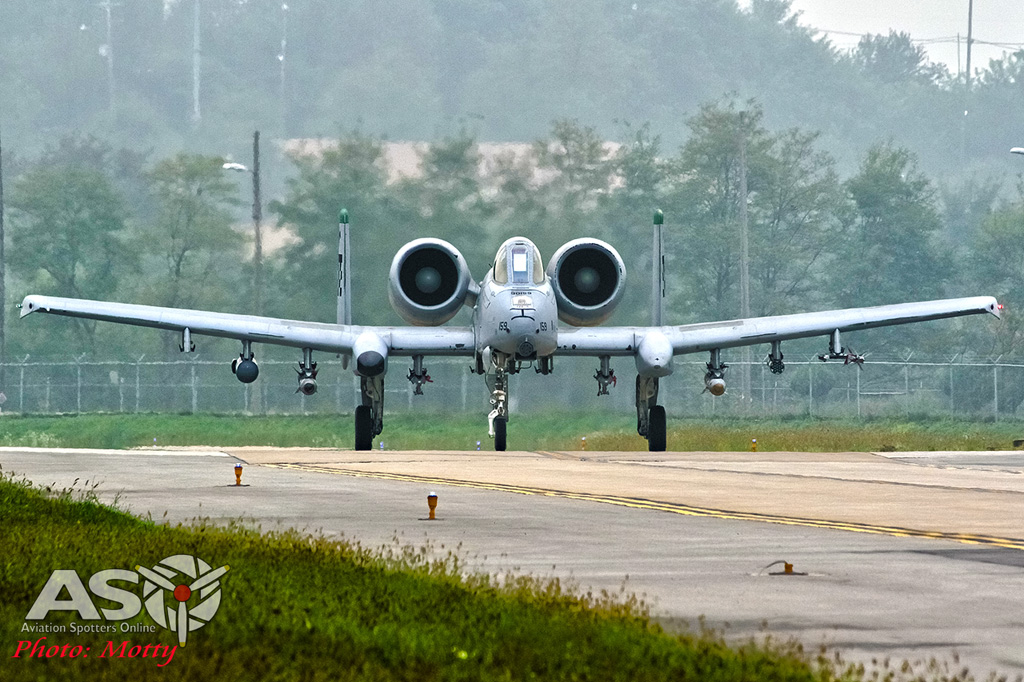
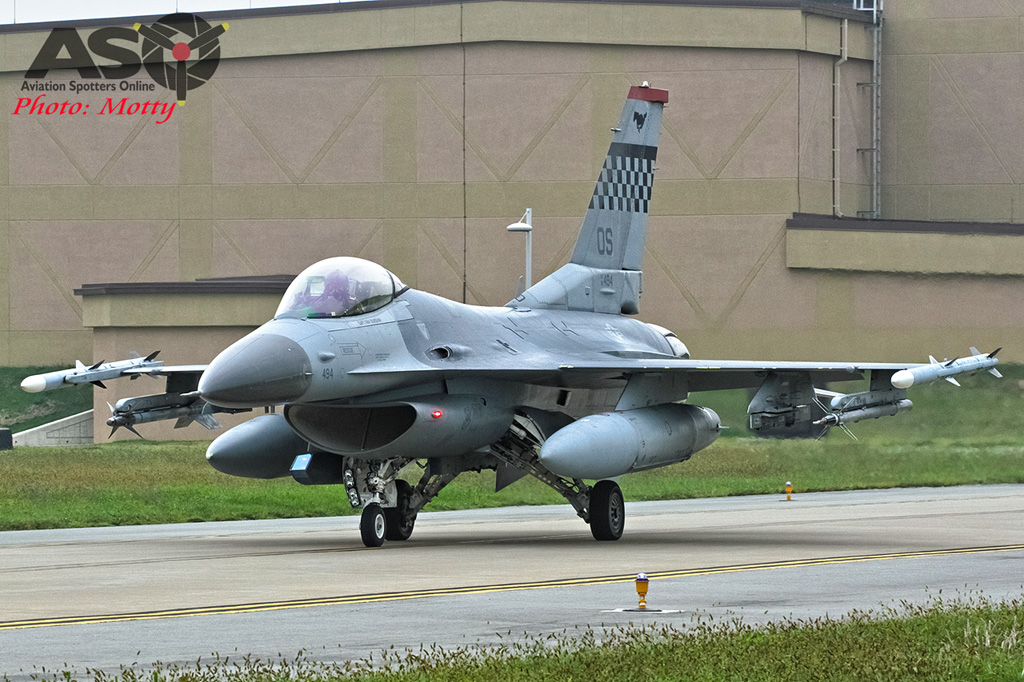
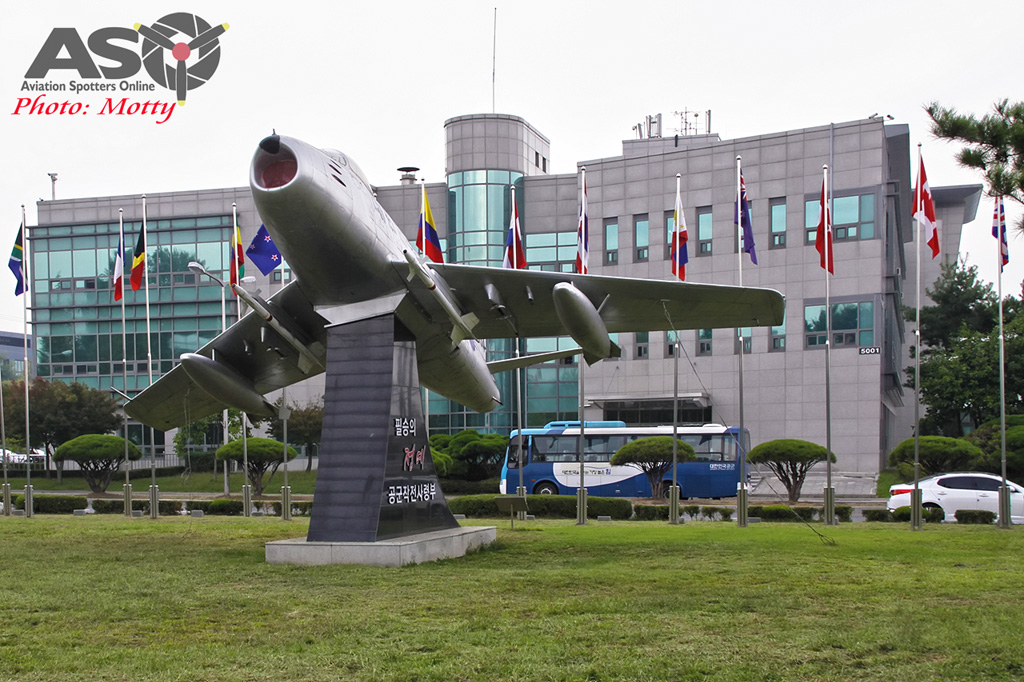
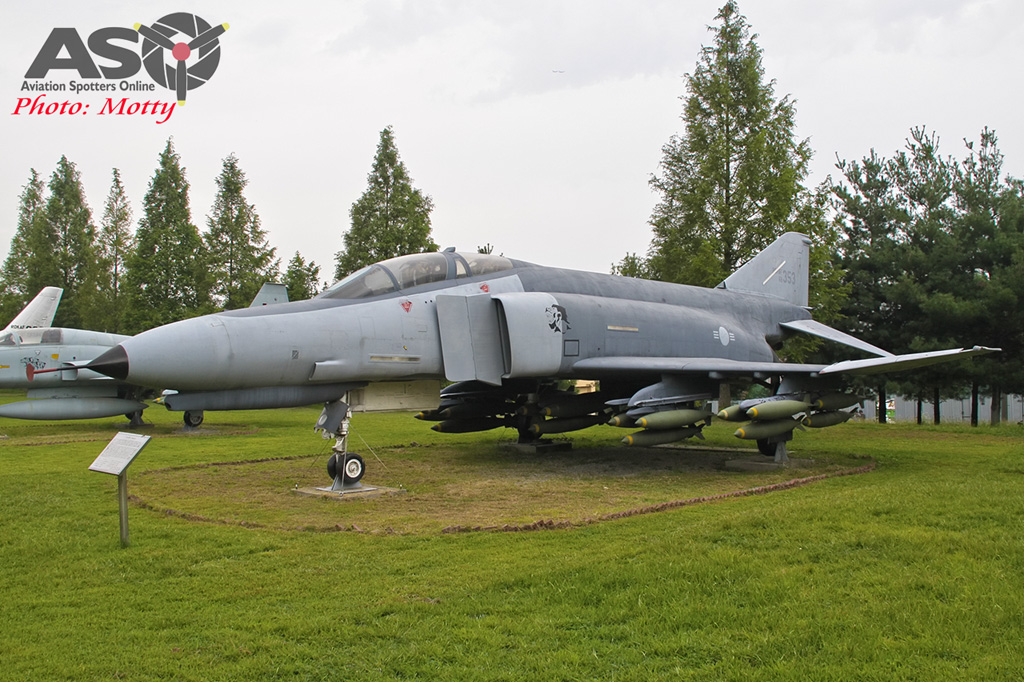

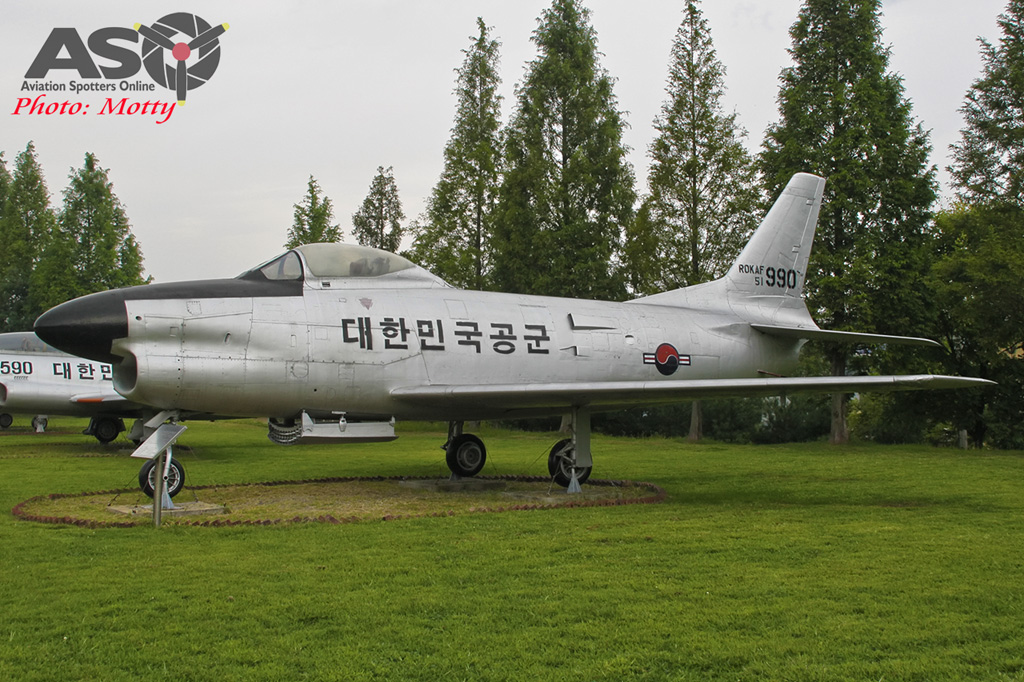


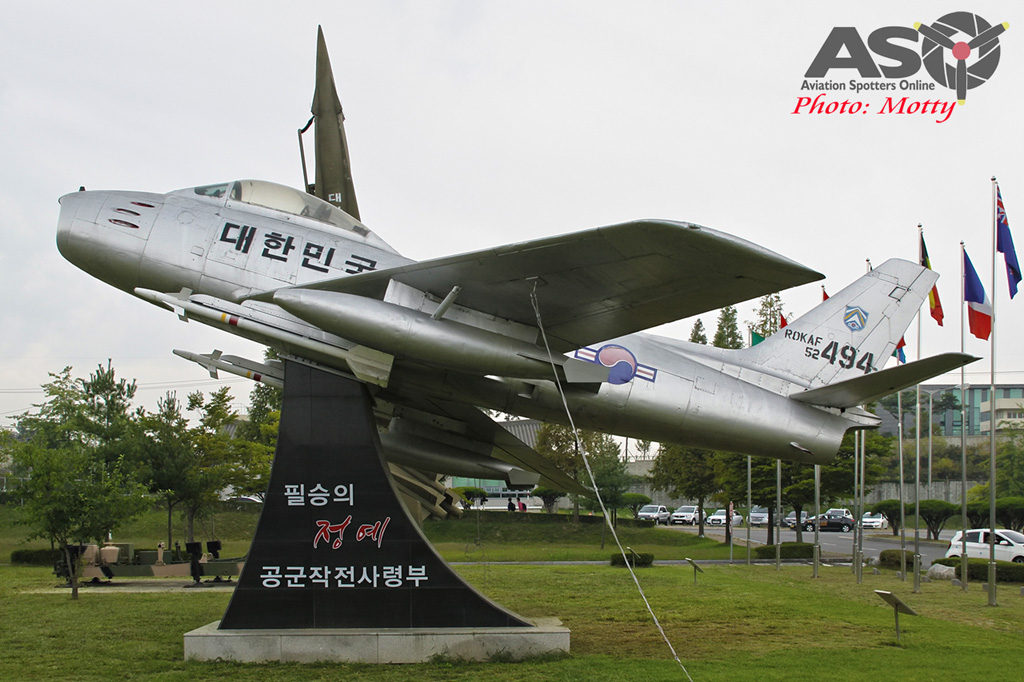



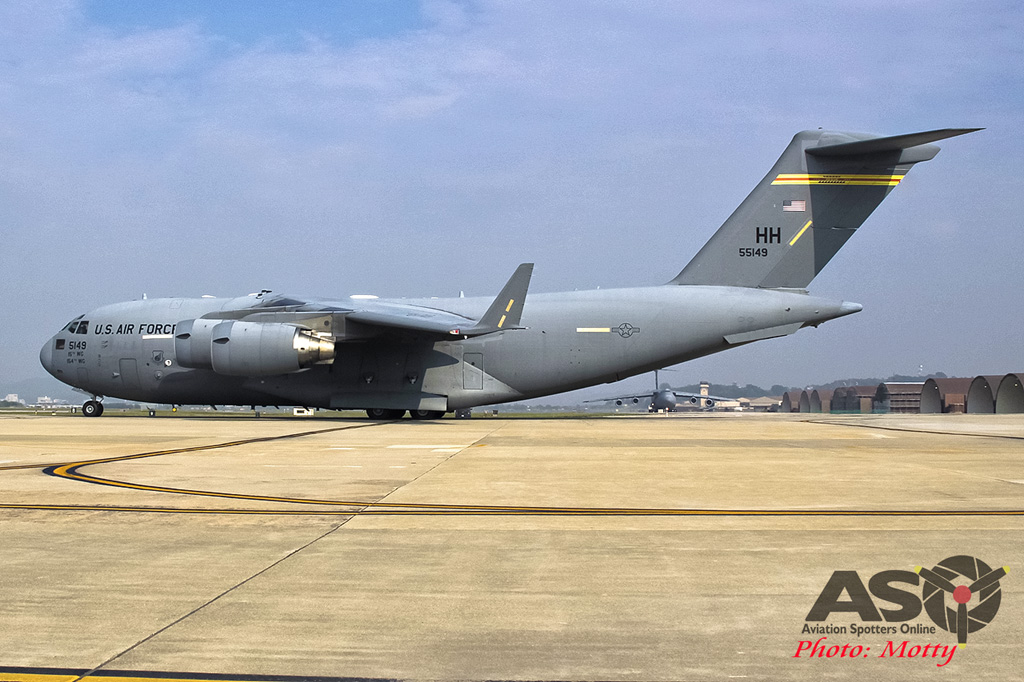

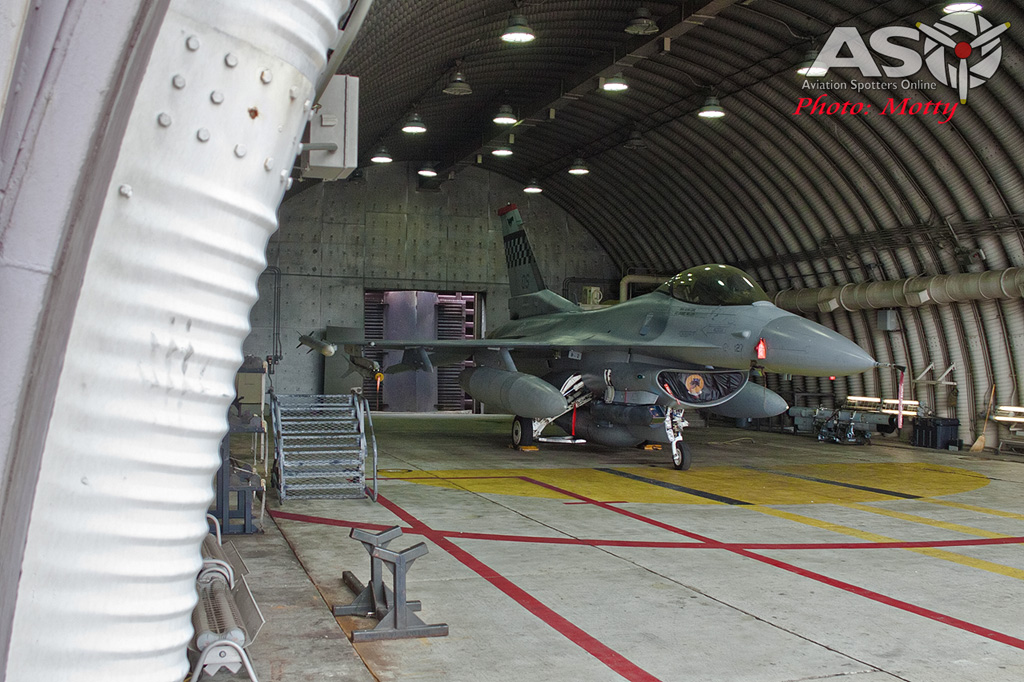
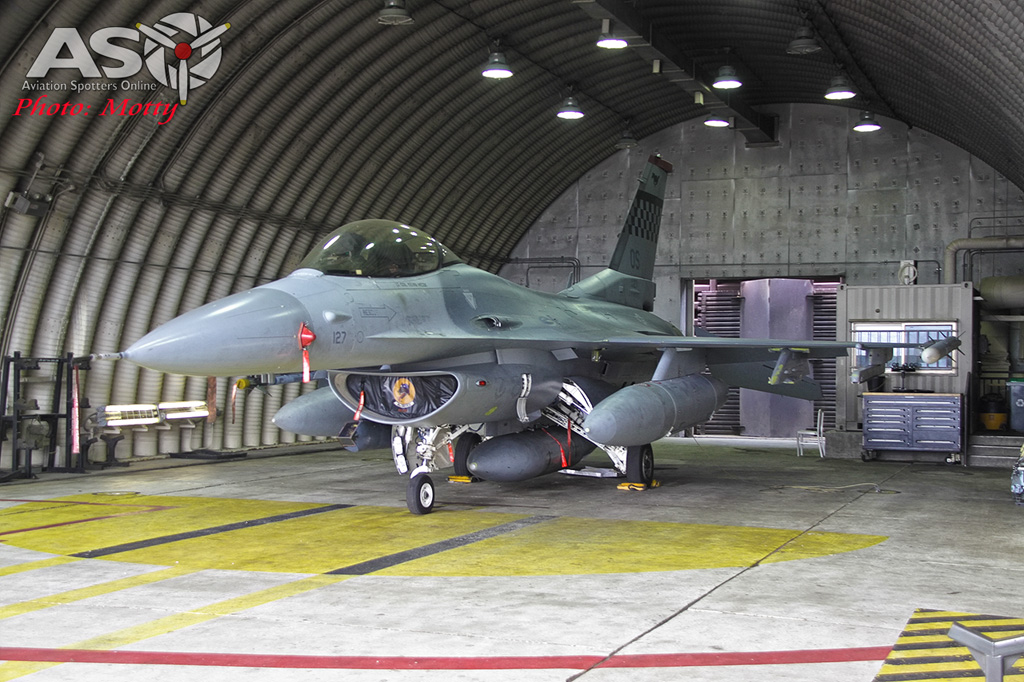
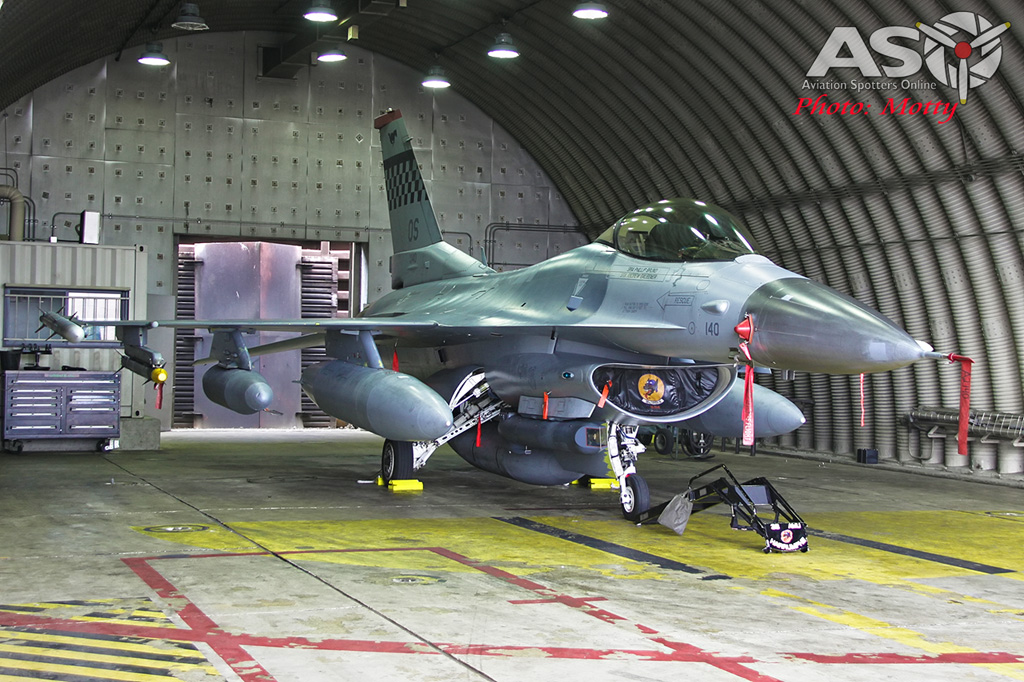
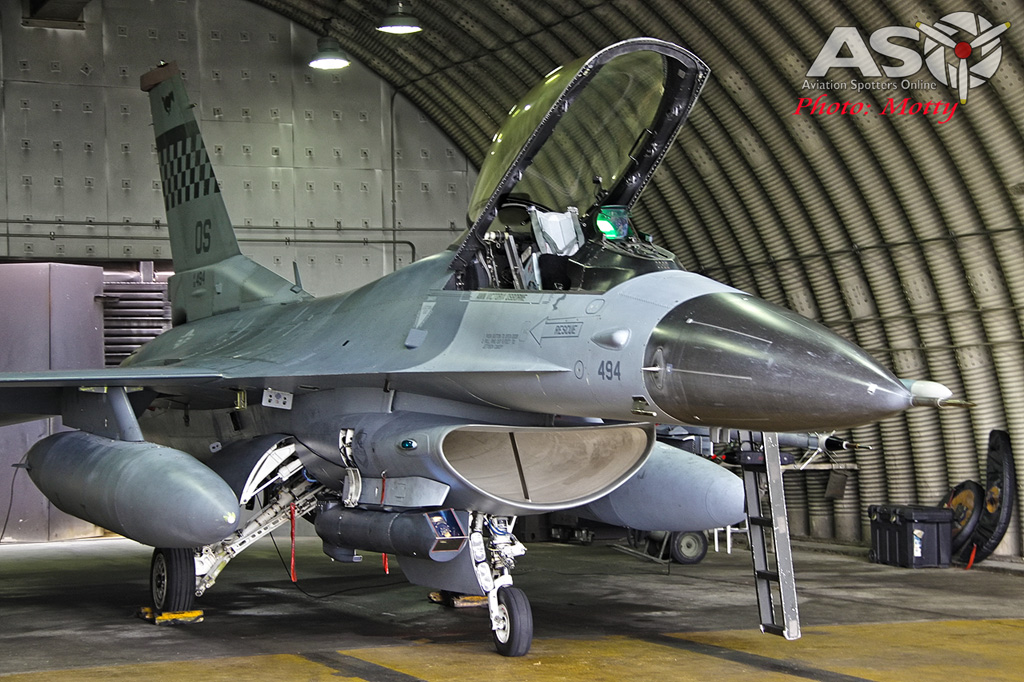
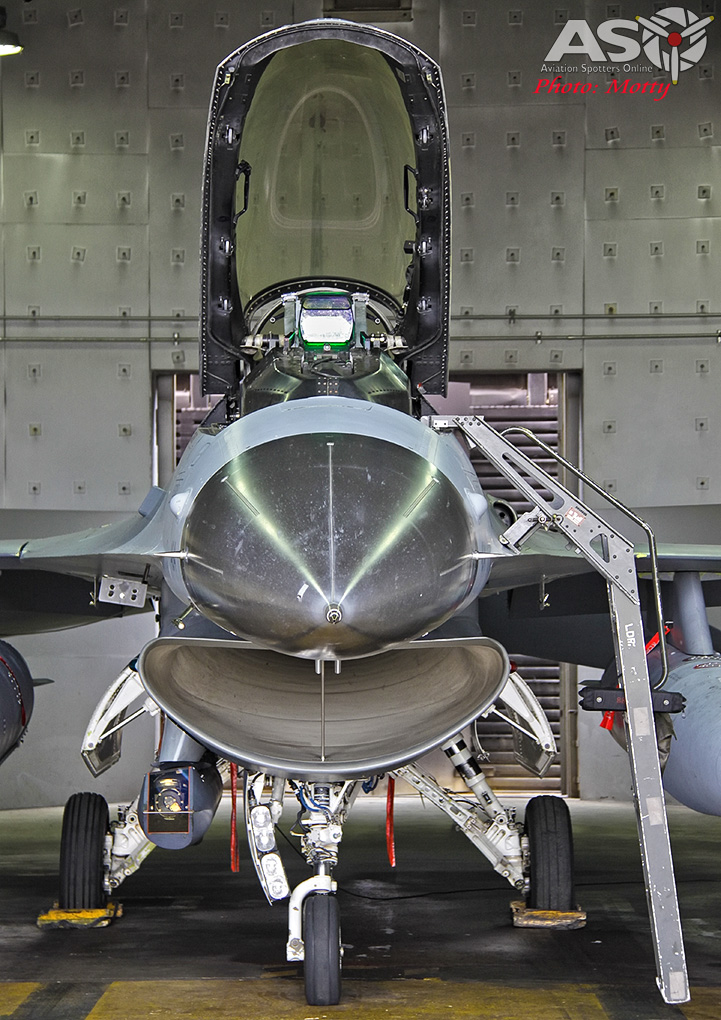
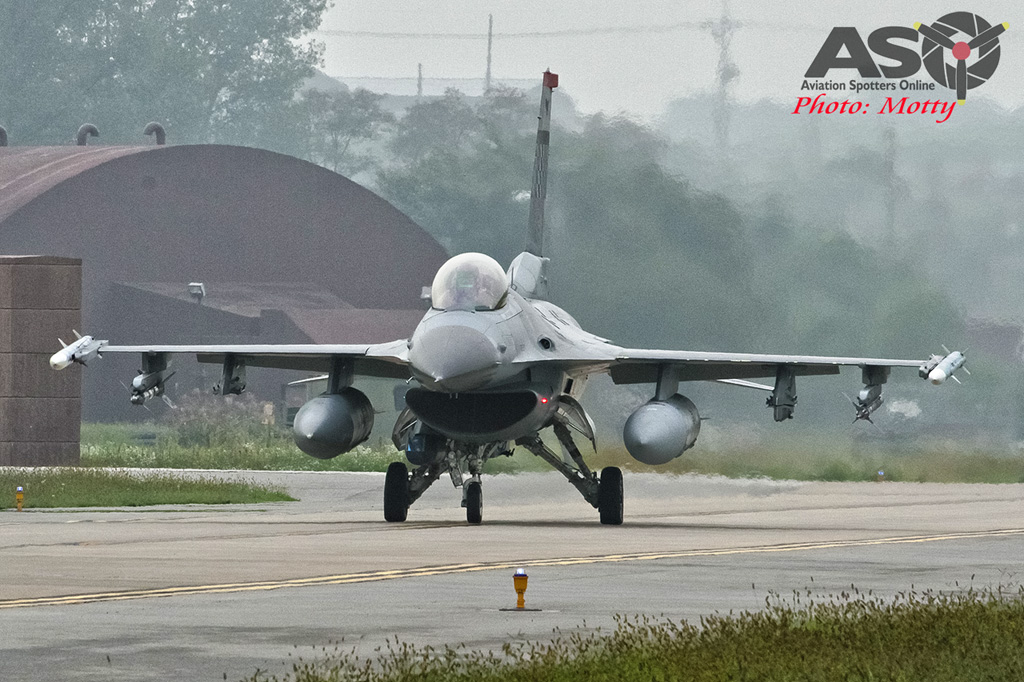
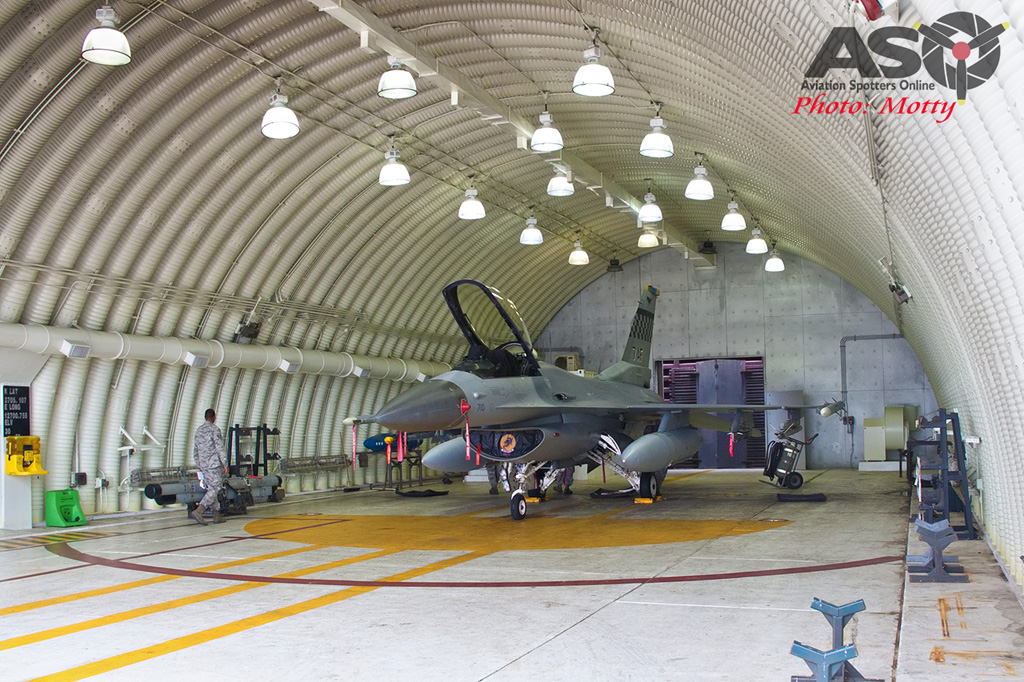
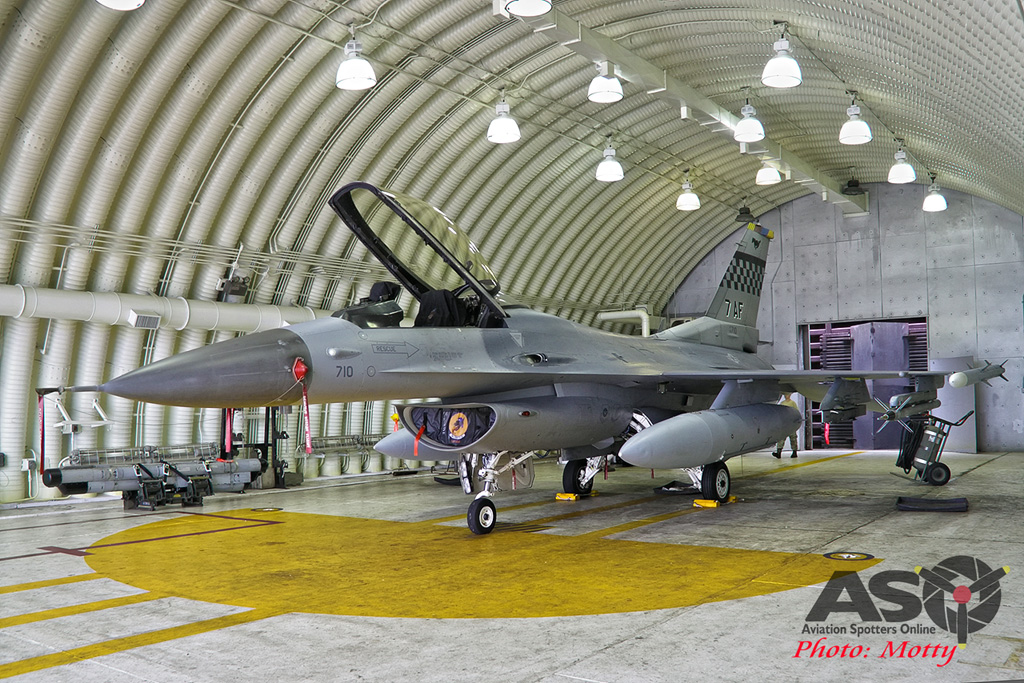

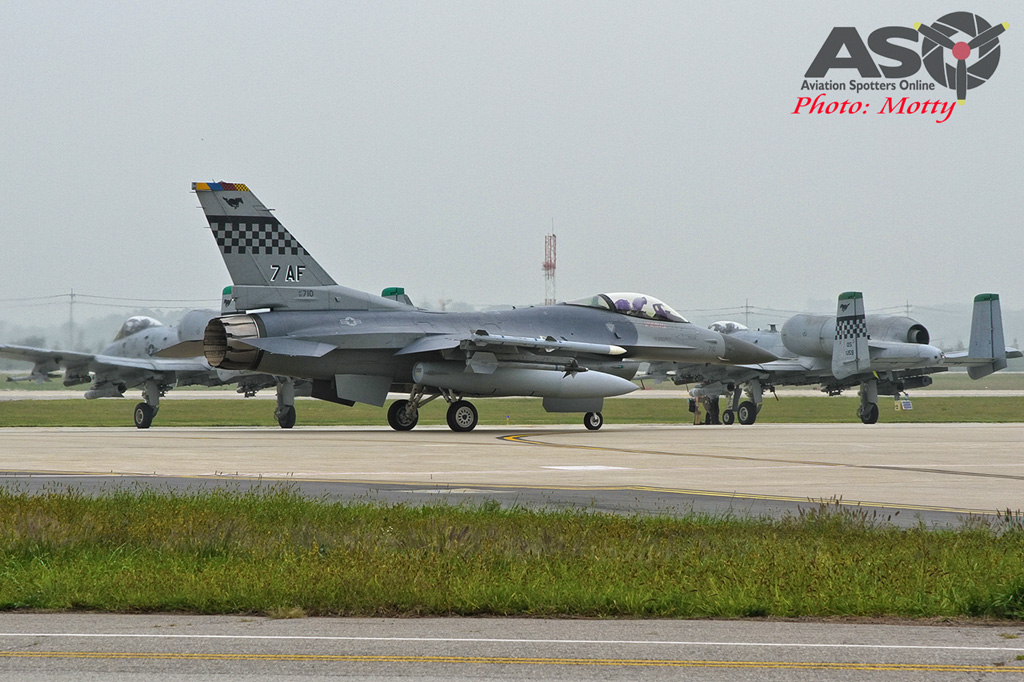

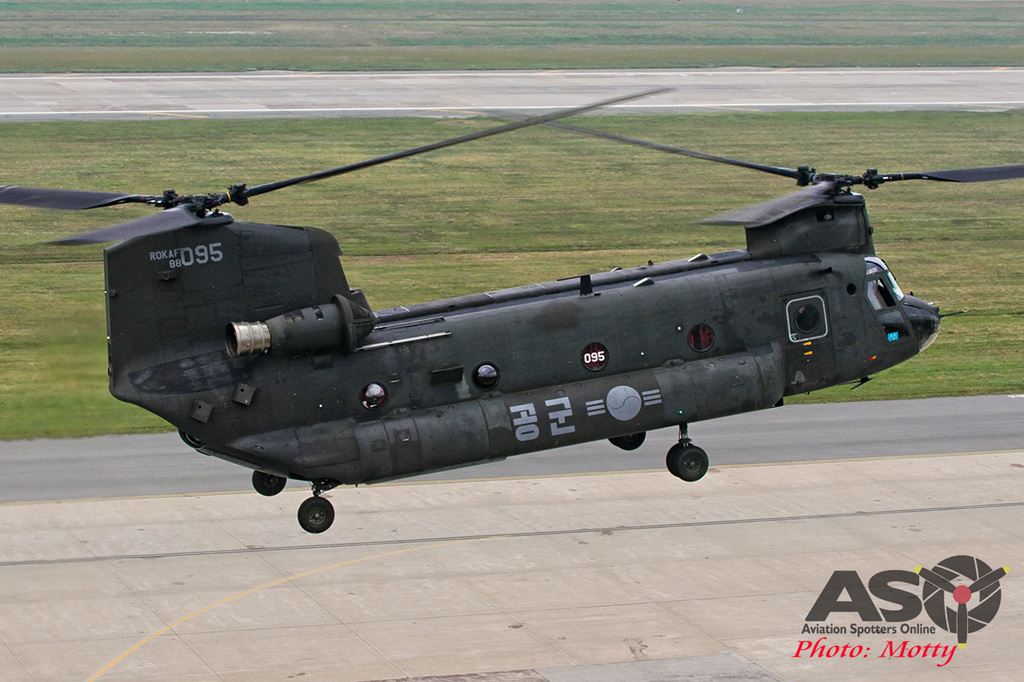


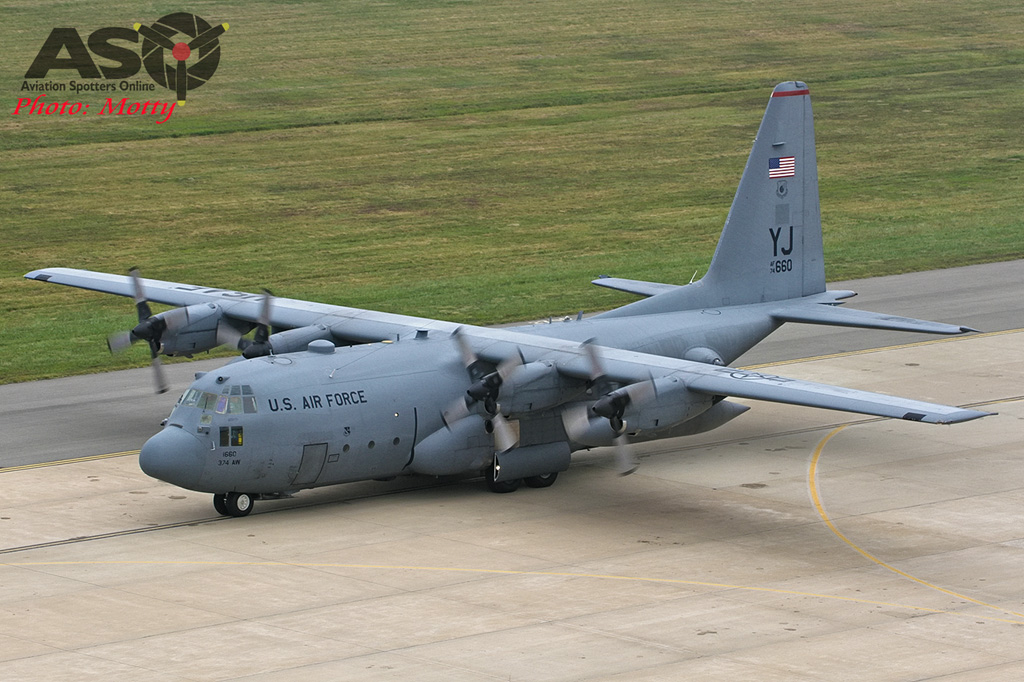
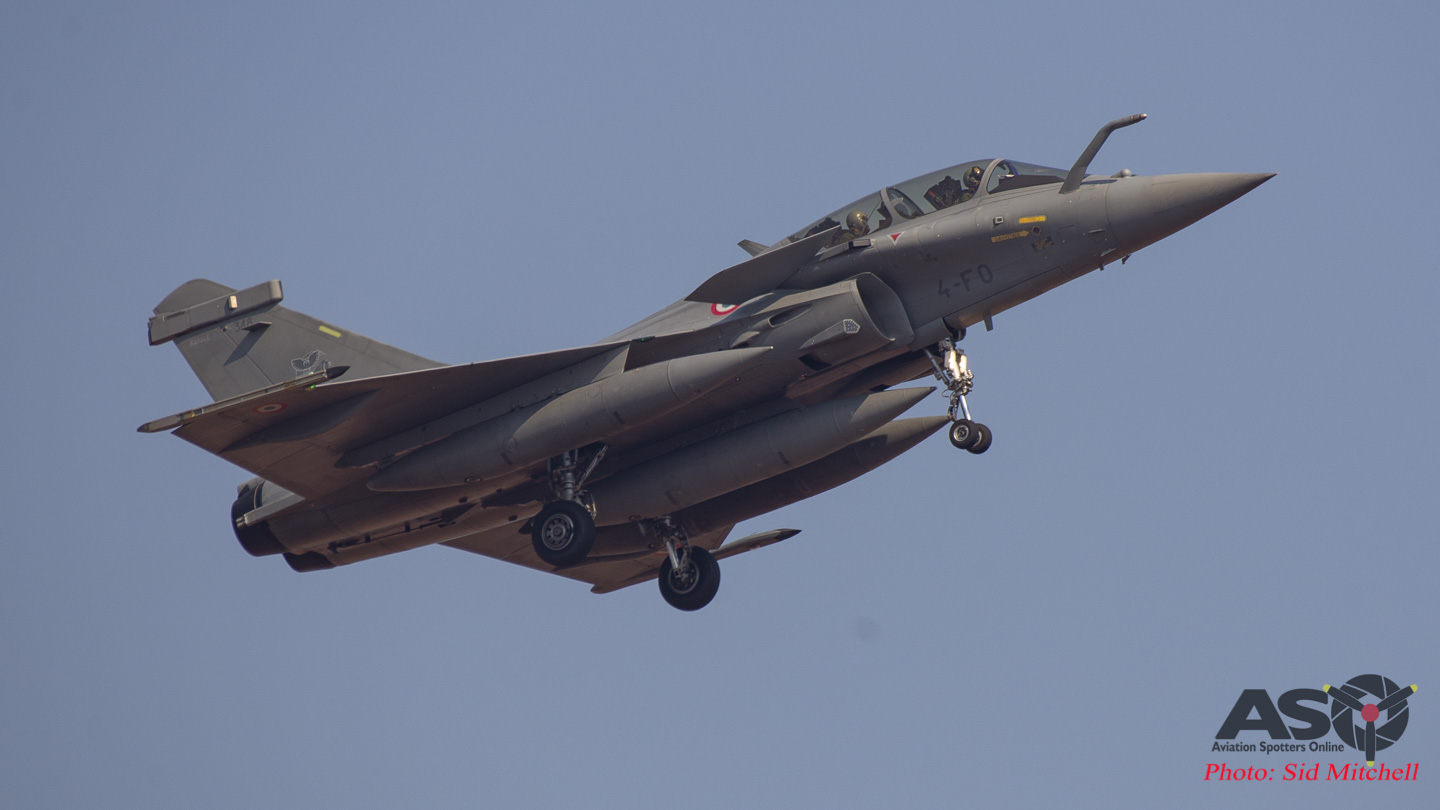








Any idea how many U-2S are permanently deployed in Osan AB?
Thanks!
G’day Fernando, I didn’t ask and it’s probably not something I would need to know anyway. Sorry. -Motty.